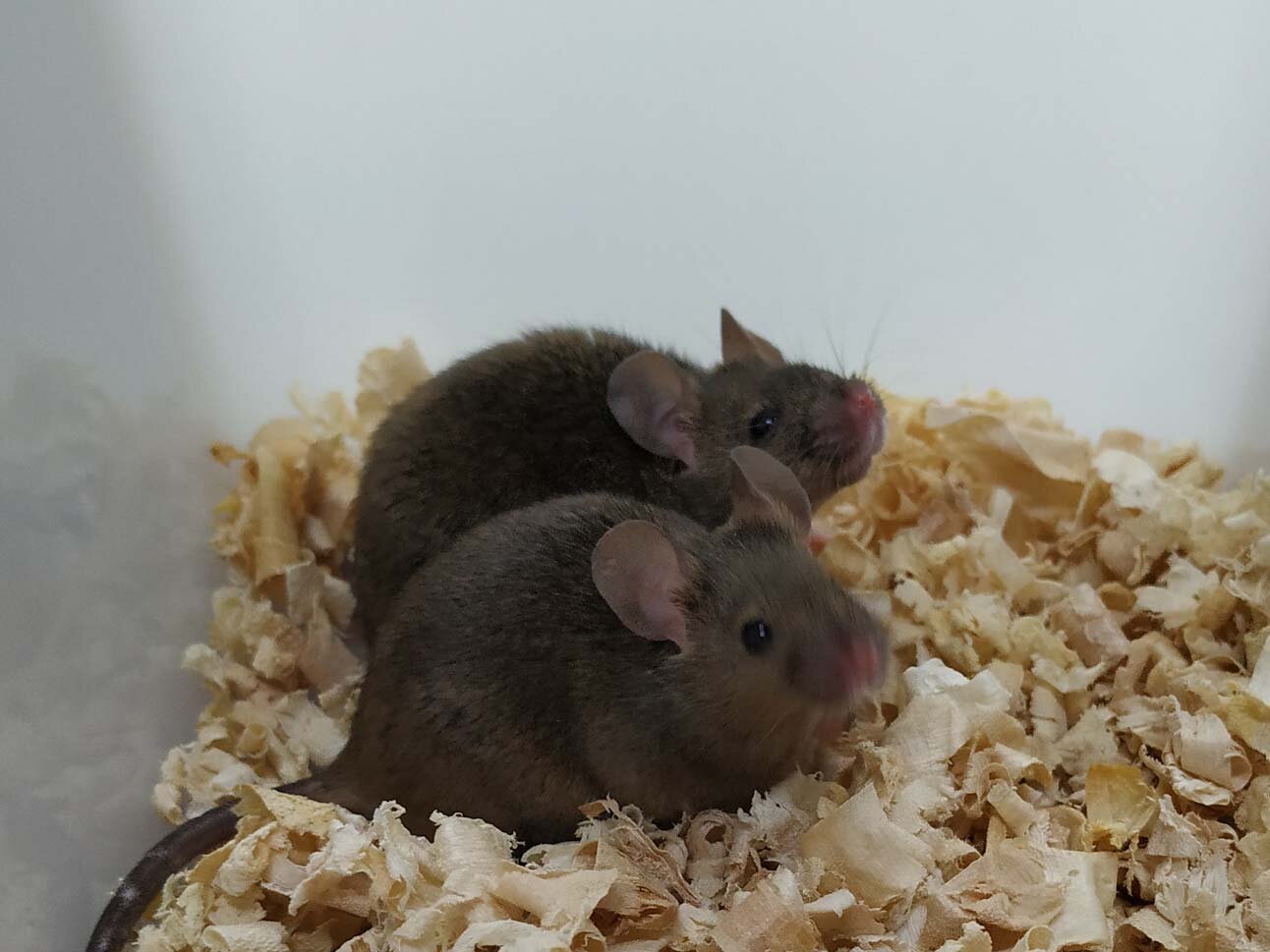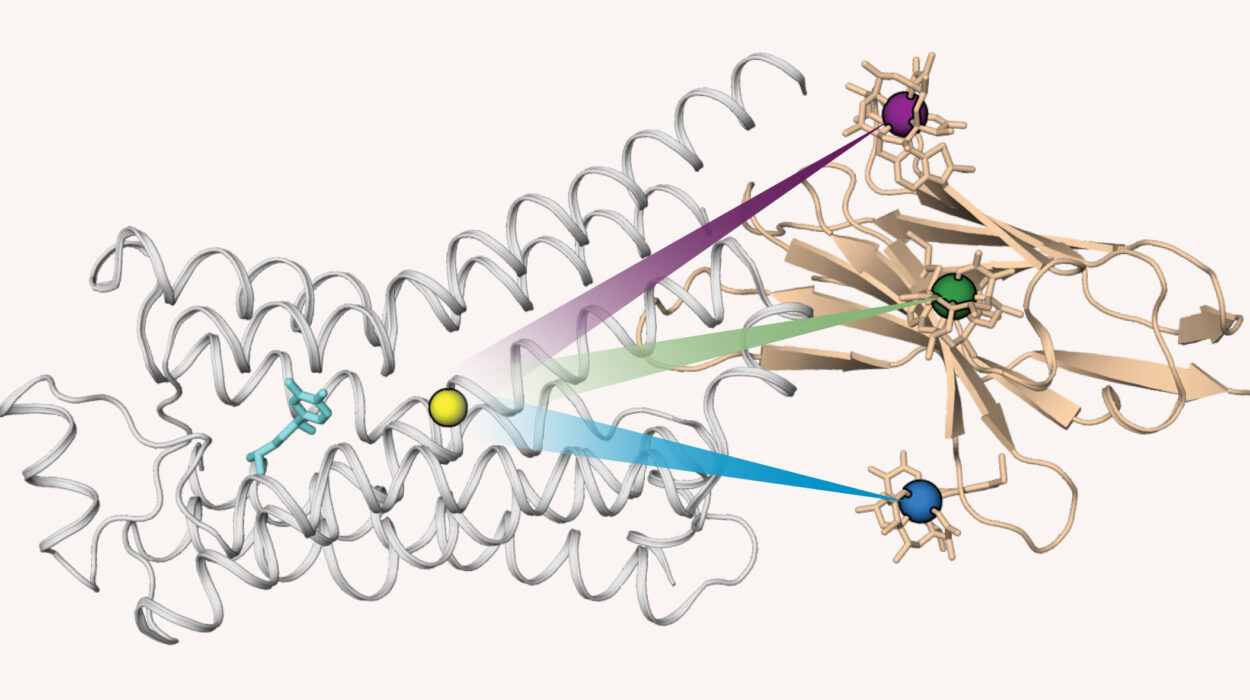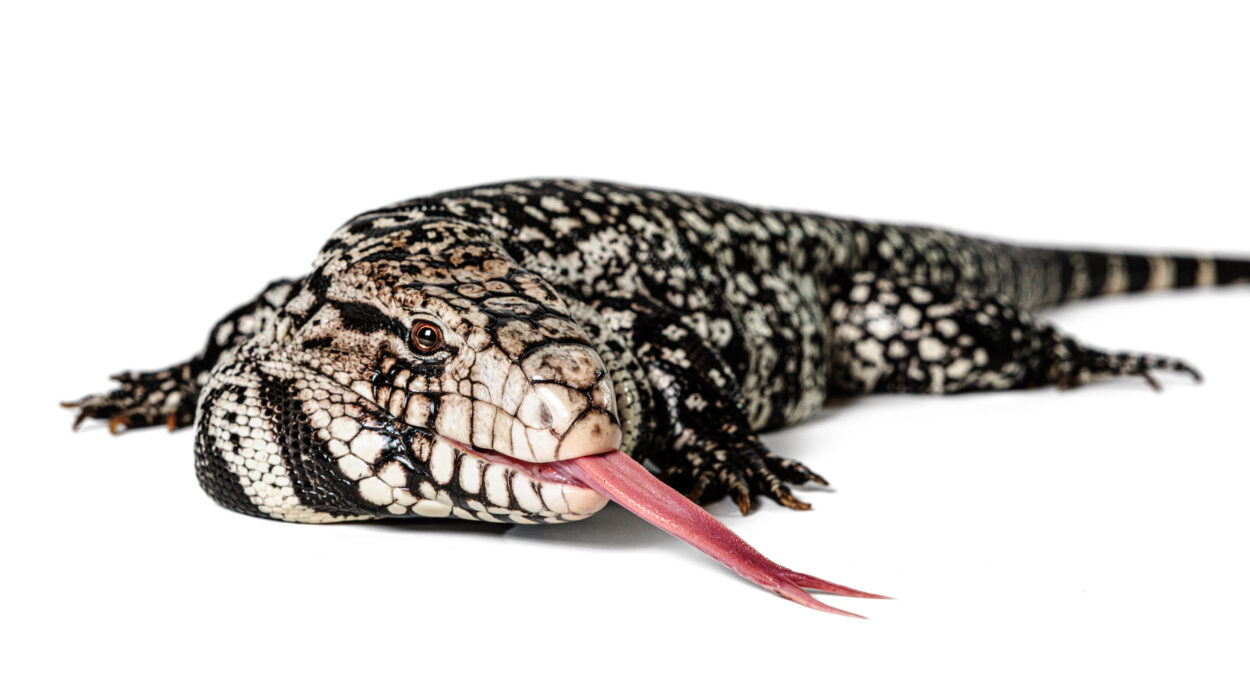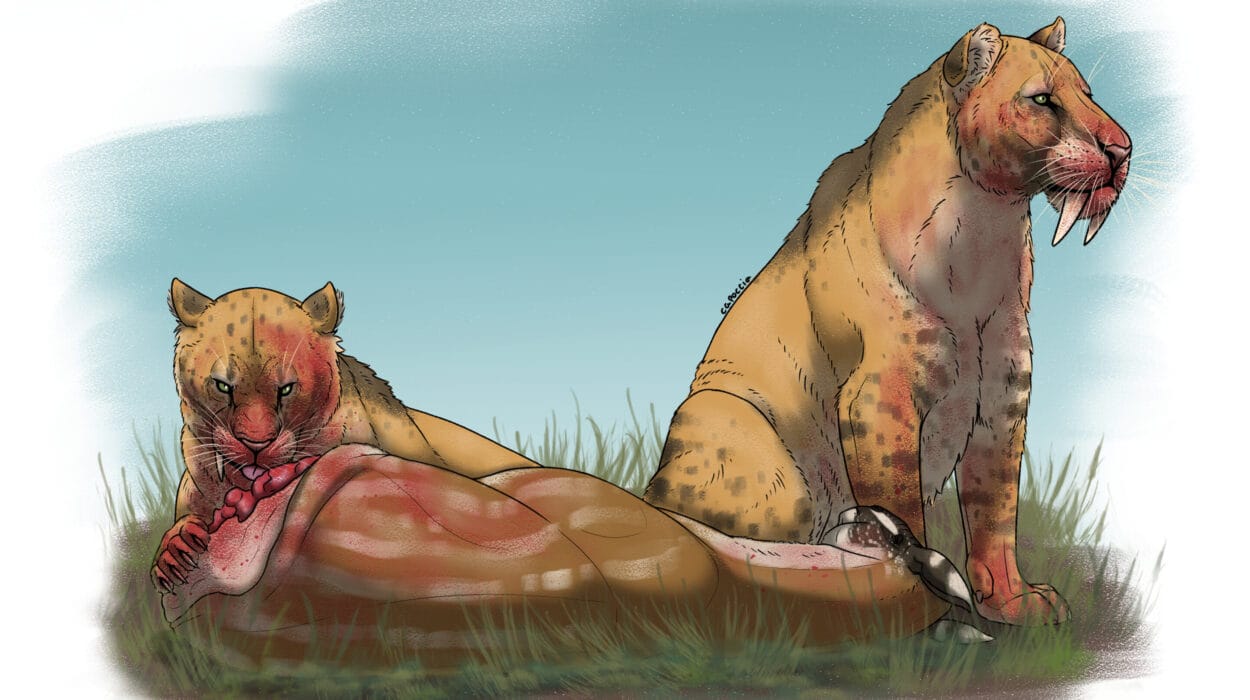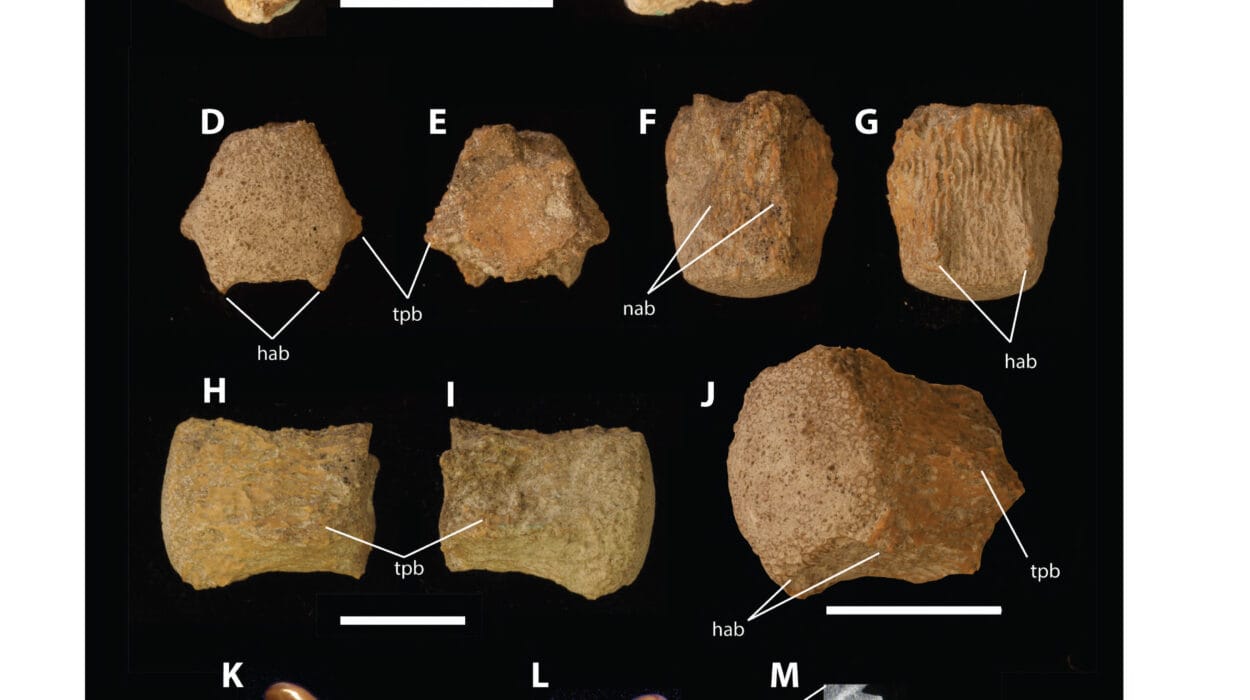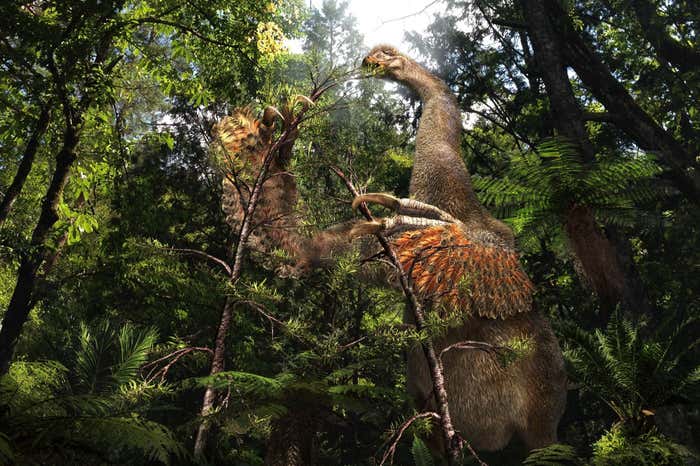In a quiet laboratory in Shanghai, a scientific milestone was quietly reached that could one day rewrite what we thought was biologically possible. For the first time in history, researchers have successfully created fertile adult mammals—mice—using only paternal DNA. No egg. No mother. Just two sperm donors, seven key genetic switches, and an extraordinary feat of epigenetic engineering.
Published in the Proceedings of the National Academy of Sciences, this groundbreaking study by a team at Shanghai Jiao Tong University represents a bold leap into the future of reproductive science. It’s a story of a biological boundary long thought unbreakable—now cracked open with precision tools and centuries of biological curiosity.
The Natural Order—And Its Unnatural Challenge
In mammals, every new life begins with a union: one egg from a mother, one sperm from a father. This symmetry of origin—maternal and paternal genomes combining to form a viable embryo—is more than tradition. It’s biology. Embedded within that union is a complex web of genetic “imprinting,” where certain genes are turned on or off depending on whether they come from the mother or the father.
Break that balance, and development usually grinds to a halt.
For decades, scientists have known that embryos with two maternal genomes (parthenogenesis) can survive in mice, albeit with severe intervention. But embryos with only paternal DNA—called androgenetic embryos—have consistently failed to live past early gestation. The reason? Genomic imprinting, a phenomenon that dictates gene expression based on parental origin, acts like a biological gatekeeper, stopping development in its tracks.
Precision Editing: Cracking the Imprint Code
Led by Professor Hu and Professor Li, the Shanghai team set out to challenge that barrier directly. Their strategy? Use CRISPR-based tools to precisely edit seven specific regions of the genome known as “imprinting control regions” (ICRs)—the genetic switches that turn key developmental genes on or off depending on whether they’re inherited from the mother or father.
In essence, they attempted to rewrite the epigenetic rules—reprogramming the father’s DNA to mimic the missing maternal signals.
Using sperm from two male mice, the researchers injected their nuclei into enucleated oocytes—eggs that had been stripped of their DNA—creating 587 androgenetic embryos. Out of these, 277 reached the blastocyst stage, and 259 were implanted into surrogate female mice.
Three Births, Two Survivors, and One Scientific Earthquake
From these embryos, three pups were born—an astonishing achievement on its own. Two survived into adulthood. They grew normally, displayed typical behavior, and, most importantly, produced healthy offspring of their own.
This wasn’t just life—it was reproductive success. The male-only mice weren’t anomalies—they were viable contributors to the next generation.
Molecular analysis revealed that the seven edited ICRs had indeed been methylated correctly—a key marker that the CRISPR tools had flipped the right epigenetic switches. The one pup that didn’t survive, researchers found, had failed methylation at the Igf2r region, a gene critical for growth regulation and survival.
Engineering Against Nature
This feat is about more than mice. It challenges one of the most deeply held truths in biology: that mammalian life requires both maternal and paternal contributions.
“This shows that the barrier to same-sex mammalian reproduction isn’t absolute—it’s just highly complex,” said lead author Dr. Yifan Hu. “By targeting imprinting control regions with precision tools, we were able to bypass a barrier that’s persisted since the dawn of mammals.”
Their findings also reinforce the idea that genomic imprinting is the main obstacle standing between uniparental genomes and full development. Imprinted genes regulate some of the most fundamental aspects of embryogenesis, including growth, placenta formation, and even brain development. Too much or too little expression from either parent, and development collapses.
A Success Rate That Speaks Volumes
Still, this is no magic trick. Out of 259 embryos implanted, only three live pups were born, and only two lived past infancy. That’s a success rate of just over 1%—a sobering reminder of the immense complexity involved.
Further investigation showed that only some embryos had complete and accurate methylation across all seven targeted ICRs, even though the editing was designed to be precise. This suggests there may be additional, undiscovered imprinting regions influencing development, or subtle layers of gene expression regulation we have yet to understand.
“Successful co-editing of all ICRs is still rare,” the authors note. “This highlights the need for deeper epigenomic mapping and improved precision tools.”
A Glimpse at the Future of Reproduction?
This breakthrough does not mean that same-sex reproduction in humans is around the corner—or even desirable at this point. But it opens the door to powerful possibilities in developmental biology, fertility science, and the study of imprinting disorders.
It may, one day, help scientists better understand conditions like Prader-Willi syndrome or Angelman syndrome, both of which are caused by improper imprinting. It may also contribute to cloning efficiency, the preservation of endangered species, or fertility solutions for couples who can’t produce viable oocytes.
“It’s not just about same-sex reproduction,” said co-author Dr. Li. “It’s about learning how to rewrite the rules of epigenetics, understanding how life is regulated at the molecular level, and what happens when you bend those rules—just slightly.”
What Nature Can Teach Us, Even When We Break Her Rules
The creation of fertile mice from two fathers is a story of biology at its most ambitious. It’s a demonstration of how precise our tools have become—and how far we are from fully understanding the genome’s inner logic.
It’s also a reminder that nature is not just delicate, but deliberate. Genomic imprinting exists for a reason: to ensure balance, control growth, and fine-tune the first, most critical moments of life. To override that system is to take on the full responsibility of its consequences.
Yet here we are—witnesses to a scientific milestone that once seemed like science fiction.
Two fathers. No egg. One living, breathing, fertile mouse.
And a question as old as science itself: if this is possible… what else might be?
Reference: Yanchang Wei et al, Fertile androgenetic mice generated by targeted epigenetic editing of imprinting control regions, Proceedings of the National Academy of Sciences (2025). DOI: 10.1073/pnas.2425307122
